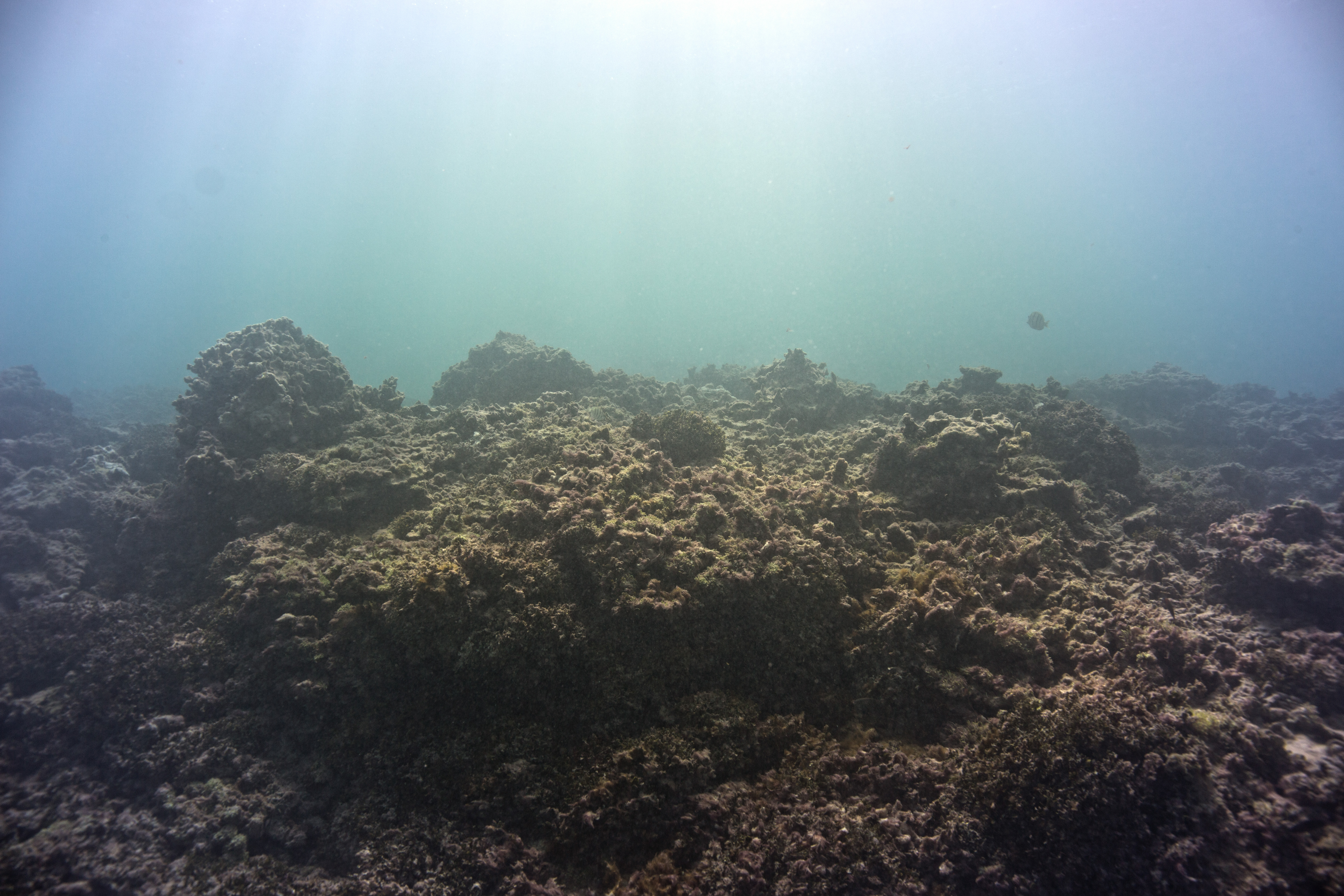Gilles Deleuze and Feliz Guattari, Anti-Oedipus: Capitalism and Schizophrenia (Minneapolis: University of Minnesota Press, 1983) and A Thousand Plateaus: Capitalism and Schizophrenia (Minneapolis: University of Minnesota Press, 1987).
See Bruno Latour, After Lockdown: A Metamorphosis (Cambridge, UK: Polity Press, 2021), and Down to Earth: Politics in the New Climatic Regime (Cambridge, UK: Polity Press, 2018).
Will Steffen, et al., “The Trajectory of the Anthropocene: The Great Acceleration,” Anthropocene Review, 2, no. 1 (2015): 81–98. Jan Zalasiewicz et al., “The meaning of the Anthropocene: Why it matters even without a formal geological definition,” Nature (blog), August 26, 2024, ➝.
Jan Zalasiewicz, “The unbearable burden of the technosphere,” UNESCO Courier, March 27, 2018, ➝.
Emily Elhacham, et al., “Global Human-Made Mass Exceeds All Living Biomass,” Nature 588 (December 2020): 442–444.
Jan Zalasiewicz, et al., “Scale and diversity of the physical technosphere: A geological perspective,” The Anthropocene Review 4, no. 1 (2017): 9-22.
“Bleaching of coral reefs shows severe ocean circulation changes,” EurekAlert! May 9, 2024, ➝.
Bogdan P. Onac, et al., “Exceptionally stable preindustrial sea level inferred from the western Mediterranean Sea,” Science Advances 8, no. 26 (2022).
Al Jazeera Staff, “Why Indonesia is abandoning its capital city to save it,” Al Jazeera, November 9, 2022, ➝.
Ronald Vernimmen and Aljosja Hoojier, “New LiDAR-based elevation model shows greatest increase in global coastal exposure to flooding to be caused by early-stage sea-level rise,” Earth’s Future 11, no. 1 (January 2023).
Edward Anthony, et al., “Delta sustainability from the Holocene to the Anthropocene and envisioning the future,” Nature Sustainability 7, no. 1235-1246 (2024).
“Worst impacts of sea level rise will hit earlier than expected,” AGU (news), January 24, 2023, ➝.
Tolu Ogunlesi, “Inside Makoko: Danger and ingenuity in the world's biggest floating slum,” The Guardian, February 23, 2016, ➝.
The Black Sea is the only large natural example, as the anoxic conditions of its deep waters are not the result of human impact.
Approximately 1,400,000 lakes are larger than 0.1 square kilometer. Gesa A. Weyhenmeyer, et al., “Global Lake Health in the Anthropocene: Societal Implications and Treatment Strategies,” Earth’s Future 12, no. 4 (April 2024).
P. K. Haff, “Technosphere,” in Handbook of the Anthropocene: Humans between heritage and future, eds. Nathanael Wallenhorst and Christoph Wulf, (Springer, 2023),537-542.
Shixin Huang, et al., “Abrupt ecological shifts of lakes during the Anthropocene,” Earth-Science Reviews 227 (April 2022).
Boris Leroy, et al., “Major shifts in biogeographic regions of freshwater fishes as evidence of the Anthropocene epoch,” Science Advances 9, no. 46 (November 2023).
I. P. Wilkinson, et al., “Microbiotic signatures of the Anthropocene in marginal marine and freshwater palaeoenvironments,” in A Stratigraphical Basis for the Anthropocene, eds. C.N. Waters, et al., (Geological Society, London, 2014),185–219.
Igor S. Plotnikov et al., “Past, Present and Future of the Aral Sea: A Review of its Fauna and Flora before and during the Regression Crisis,” Zool Stud (May 2023).
